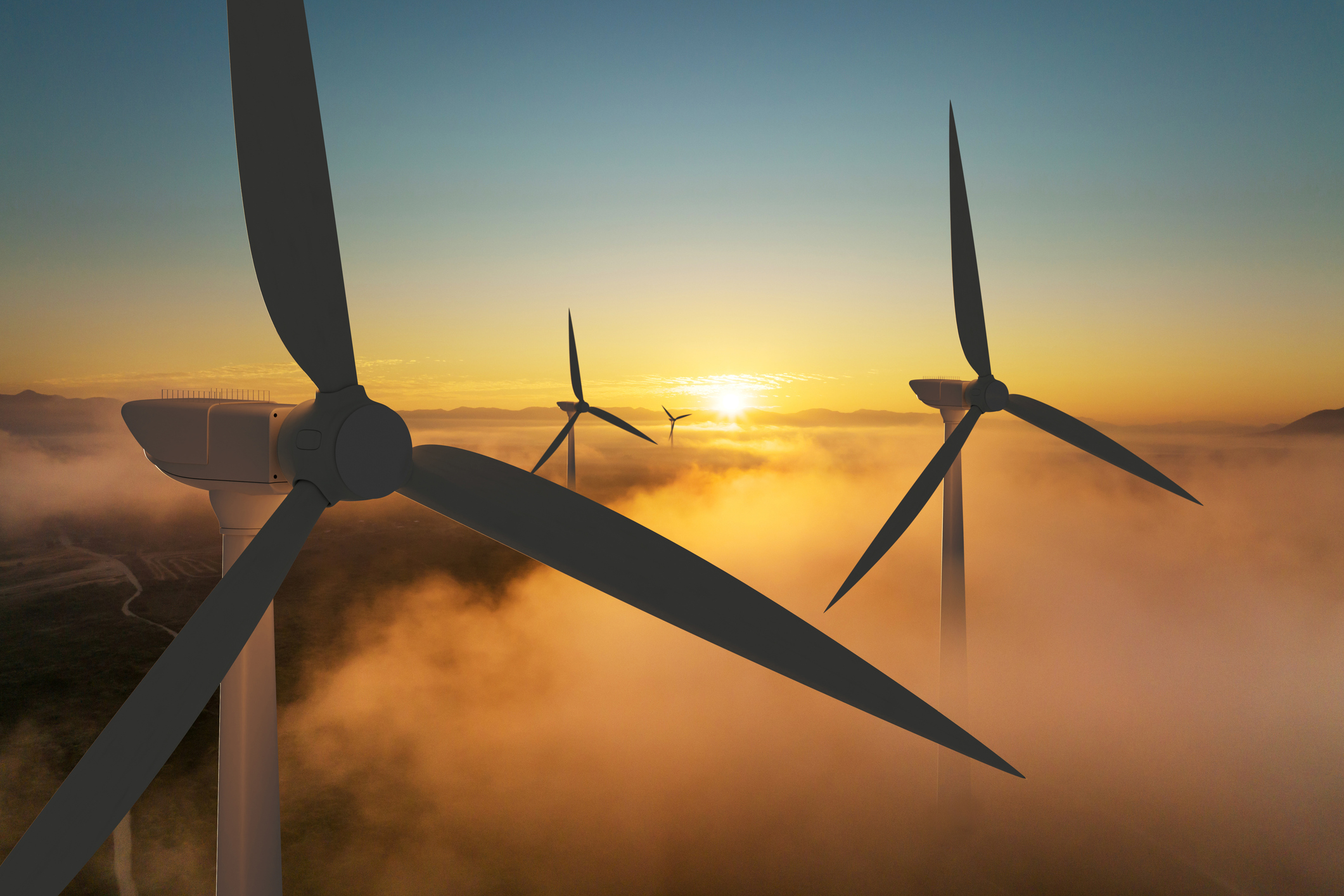Related Articles
Washington state residents are likely to see another increase in the cost of gasoline, diesel, natural gas, and other CO2-emitting fuels after the results of the first auction of CO2 allowances was announced yesterday. The price is significantly higher than in California, meaning it costs us more to reduce the same amount of CO2.
It doesn’t have to be like this. There are ways we can effectively cut CO2 emissions at much lower cost but those options have largely been ruled out in favor of raising tax revenue for the state.
The Washington State Department of Ecology released the results of the first auction of CO2 allowances and the average price was $48.50 per metric ton of CO2. This equates to about 39 cents per gallon of gasoline and 47 cents per gallon of diesel.
For the first two months of the year, fuel distributors had to guess what their tax liability was because the amount was unknown until these auction results. Based on data from the U.S. Energy Information Administration and anecdotes, many fuel distributors had been charging around $30 per metric ton – about 24 cents per gallon of gas. With the auction results, I would expect to see gas prices to go up further over the next couple of weeks compared to other West coast states.
 This is the first auction and we may see significant swings up or down in price as market participants adjust. Indeed, as market analyst cCarbon notes in the above graphic, a large number of financial companies were registered to participate in the auction, although whether they actually bid is unclear. Those financial companies are looking to purchase CO2 allowances to be sold at a higher price later when there is a shortage of allowances. This shortage is built into the law because no entity can purchase more than ten percent of the credits, but some oil companies need more than ten percent of the available allowances to cover their emissions. They will be required to purchase additional credits from third parties, like these financial companies, to comply with the law.
This is the first auction and we may see significant swings up or down in price as market participants adjust. Indeed, as market analyst cCarbon notes in the above graphic, a large number of financial companies were registered to participate in the auction, although whether they actually bid is unclear. Those financial companies are looking to purchase CO2 allowances to be sold at a higher price later when there is a shortage of allowances. This shortage is built into the law because no entity can purchase more than ten percent of the credits, but some oil companies need more than ten percent of the available allowances to cover their emissions. They will be required to purchase additional credits from third parties, like these financial companies, to comply with the law.
Washington’s CO2 price is nearly 75 percent higher than California’s price of $27.85. There are a number of reasons for this, one of which is that Washington’s law is more restrictive. For example cCarbon noted that “The program is different from all others we have seen, in that it is starting without a ‘bank of allowances’. This means that whenever there is an unmet demand, the regulated entities will have to tap into the allowance reserves.” Put simply, the availability of credits is more constrained and less flexible which will tend to drive prices up. Washington’s cap-and-trade system is also more restrictive when it comes to lower-cost approaches to cutting emissions like carbon offsets. Fundamentally, the system is designed to generate revenue for state government rather than cut CO2 emissions in the most efficient way.
That revenue is exactly what Governor Inslee and Ecology Director Laura Watson celebrated. The governor said “We are very encouraged to see this program starting off so well,” with Watson adding that “we can begin providing critical support for reducing emissions in our state, and helping communities deal with and prepare for the effects of climate change” with the revenue from the auction.
High prices serve their purposes. First, high gas prices create an incentive to use less gasoline and cut emissions. Second, the higher the price of CO2 allowances, the more money goes into state coffers and can be spent to satisfy political allies. The governor and others who support these taxes on CO2 emissions will blame oil companies for high energy prices, but when the relatively high cost of CO2 taxes was revealed, they were openly happy.
Washington doesn’t need to be in this position. As we have pointed out repeatedly, Washington state can cut CO2 emissions effectively at much lower cost. That isn’t the goal of Washington’s CO2 laws, however.




